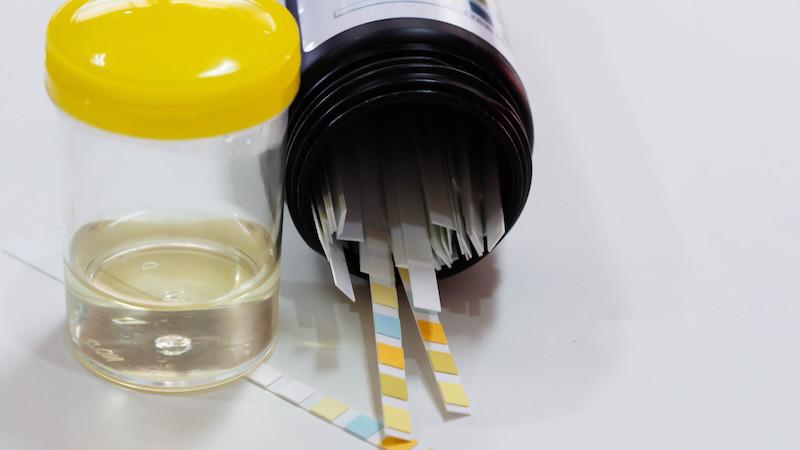The standard of a "zero-tolerance, drug-free workplace" has entered uncharted territory. The use of marijuana – as a physician-prescribed medicine, and as a legal recreational substance – is now in the category of alcohol use. But it’s not really the same thing.
Keeping in mind that while marijuana has been legalized in some of the individual states, it remains illegal on the federal level. This alone illustrates the lack of resolve on this question.
Regarding what is legal in workplaces, California and most other states that have legalized medical marijuana in the 1990s have established some important guidelines. California Proposition 215 (1996) legalized its use by doctor’s prescription, but employers can still hire and fire at will, including for the use of cannabis. This provision for employers was written into Prop 215.
Further, a 2008 court case (Ross vs. RagingWire Telecommunications) determined a prospective employee who had tested positive for marijuana use in a pre-employment drug screening could be denied a job on that basis. The plaintiff argued his medical condition required its use, but the court ruled he has that right in a criminal, but not civil, scenario. In other words, the employer retains its right to decide.
Now with California Proposition 64 (2016), which legalizes recreational use as well, it may seem as if marijuana use is in the same category of alcohol. For now, the case precedence in Ross vs. RagingWire still applies. Most lawyers counsel employers that want to prohibit its use, off premises while not working as well as during the workday, to clearly communicate such a policy with frequency.
How drug tests work, and when tests are done
So it remains legal and defensible to have a zero tolerance, drug free workplace policy that prohibits marijuana use. Still, the employer should be cautious about how to implement such a policy.
Many companies test for marijuana and other controlled substance use as a pre-employment screen (typically, after a job offer is made, but conditional on the results of the test). This is most common in safety-critical workplaces and positions, such as vehicle and equipment operators, but can be applied to any and all positions including the executive suite.
It is a common practice for employers to require a drug test from employees that are hurt on the job, or whose behavior suggests active use. But notification in advance of such situations is strongly advised (posted signage, employee handbooks, pre-employment paperwork, etc.).
But what is the efficacy of testing for marijuana use? Urinalysis and blood tests generally identify recent use; hair analysis, which is more expensive and used less frequently, can identify use as far back as two months prior to the test.
A urinalysis is most frequently used. It does not detect the actual presence of active marijuana in the system, but rather detects the inactive marijuana metabolite (THC-COOH) indicating there has been marijuana ingested in preceding days and weeks. For the infrequent user, this metabolite is generally out of their system within several hours. For the regular user, the metabolite can be detected for a longer period preceding the test.
So to recap: You can test for marijuana use as a condition of employment and you are advised to communicate the policy clearly.












No Comments